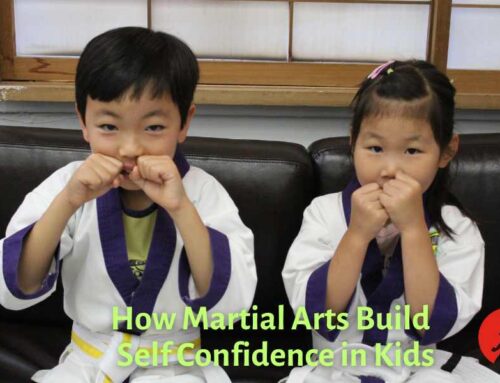
How do you level up in Hapkido belt rank?
This article uses the Hapkido curriculum at Evoke Martial Arts in Toronto to illustrate the various levels of progression widely used in most hapkido schools and organizations.
Keep in mind that Martial arts disciplines come in different forms, and not all are created equal. The individual requirements at each school will vary, but in general belt ranks are organized this way.
There various international governing bodies for Hapkido such as the International Kyung Mu Hapkido Federation, the Korea Hapkido Federation, Kido Hae, etc; that set the minimum requirements of the expected of their members.
For the most part, these governing bodies leave the color belt requirements up to the charter schools. So long as the student progresses through hapkido rank systematically and fullfils the all minimum requirements by their black belt test.
Understanding Hapkido rank progression starts with seeing the bigger picture in the level of competency students must attain by 1st dan black belt.
Hapkido has a rich tradition with a large array of skills to master. Using self defense training as the vehicle to learn and train, students engage in techniques that teach how to engage, takedown, and submitt and opponent.
Generally hapkido training skills are organized in the following format, and each hapkido school structures their curriculum and rank requirements to progressively and systematically achieve these skills.
These include: strikes and kicks, joint manipulation techqniues, throws and takedowns, ground submissions, and traditional hapkido weapons techniques.
Hapkido Rank Requirements for colour belts:
Hapkido novice or beginner ranks:
At this level, the focus is on movement patterns, awareness skills, and knowledge of basic Hapkido techniques. Think of it as learning the letters of the alphabet while learning a new language.
Gaining cognitive competence of the fundamentals and perfecting movement patterns. These are usually the white, yellow, or orange belt ranks. Some martial arts styles might use a different belt colour, but they are usually denoted as 9th, 8th, and 7th Geup or Kyu ranks.
Hapkido rank progression for intermediate level colour belts:
Developing a good frame of reference of all fundamental skill sets. Introduction to sparring, resistance training, and traditional Hapkido weapons. At this level, the student is learning to put “letters” together to form “words”.
Advanced Hapkido Ranks (usually red belts):
Keeping with the language analogy, the Hapkido student at the advanced ranks is gradually learning to create “phrases”. The focus at this level is gaining conscious competence in real-time applications of Hapkido techniques, and freestyle sparring. Building a solid foundation in the art in preparation for the Black belt.
Hapkido Black Belt Rank Requirements:
Black Belt Ranks:
This requires about six or seven years of Hapkido training. The black belt test is for ages 17 and up. Younger students earn a Poome rank or Juniour Black Belt rank until they are of age to test. Students may test for 2nd dan two years later.
Students must be 21 or older to test for 3rd dan, with a minimum of three years since the previous test.
Master Level:
This is the level of fine tuning and perfection. It is said that a true test of how fluent you are in a language is not just when you’re able to have conversation, but an arguement.
The minimum age to test for 4th dan is 25. The requirements also include completing the instructor’s course before the test. There are five- and six-year intervals between 5th and 6th dans, with minimum ages of 30 and 35, respectively.
Grandmaster:
Higher dan ranks are awarded on average between seven, eight, or nine years from the previous test. The minimum ages range from 45 to about 60. The 10th dan is a posthumous rank.
Being awarded a black belt rank:
At Evoke martial arts, for example, our black belt tests are conducted at the school and the test results are sent to the International Kyung Mu Hapkido Federation headquarters in Korea.
A dan certificate and black belt ID is then issued to candidates who pass .
With continued training, the student would periodically qualify to test for upper dan ranks based on skill, comptency, and time in grade.
About the author : admin

Achieve a leaner, stronger, and more alive body while developing amazing self protection skills.
Achieve a leaner, stronger, and more alive body while developing amazing self defense skills.
Training at Evoke has been a truly wonderful experience. As an adult engaging in martial arts for the first time, the environment has been ideal. All of the instructors have been motivating, knowledgeable, and supportive. The classes offer a great workout and a chance to feel a little bit badass. I look forward to continuing the journey!







